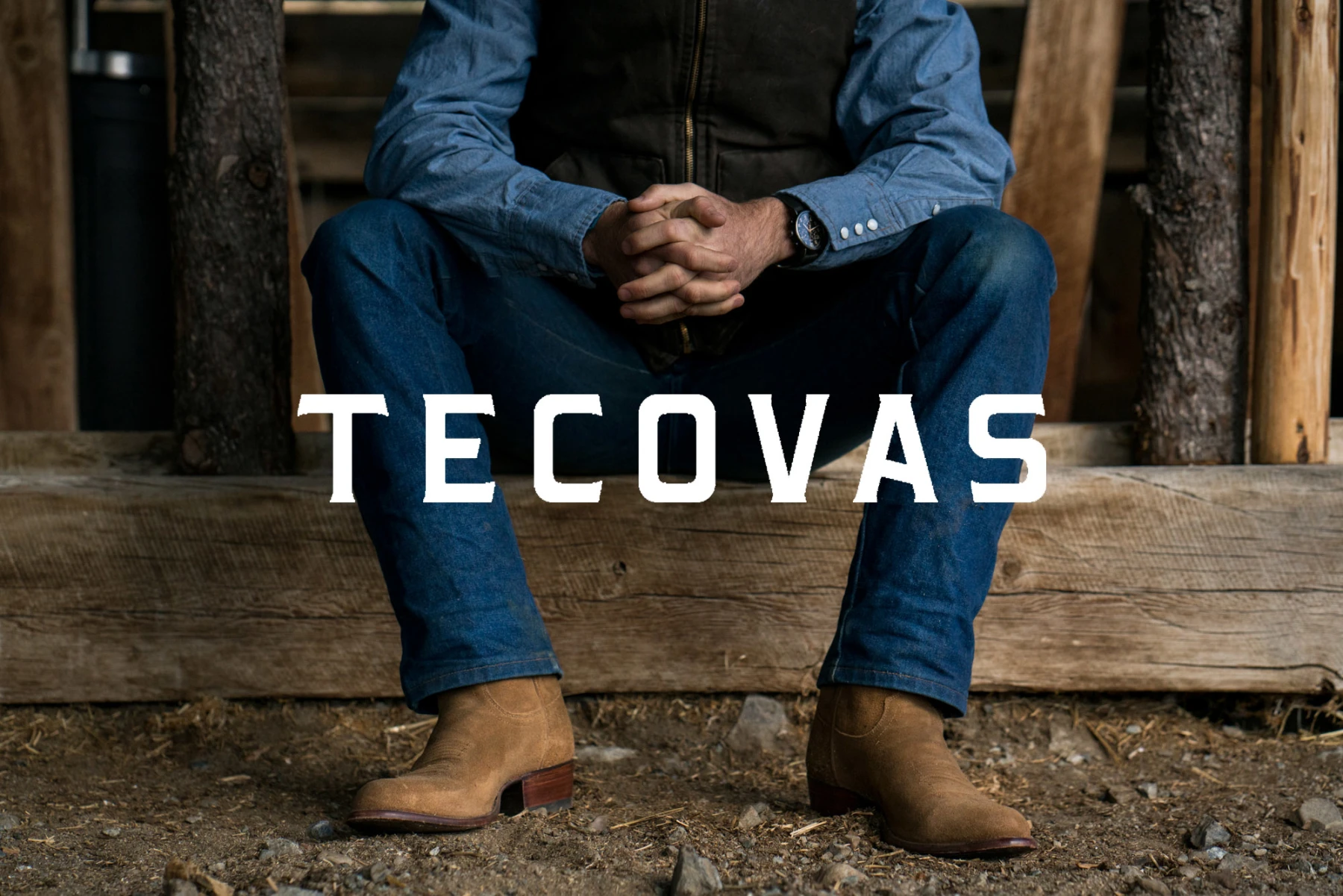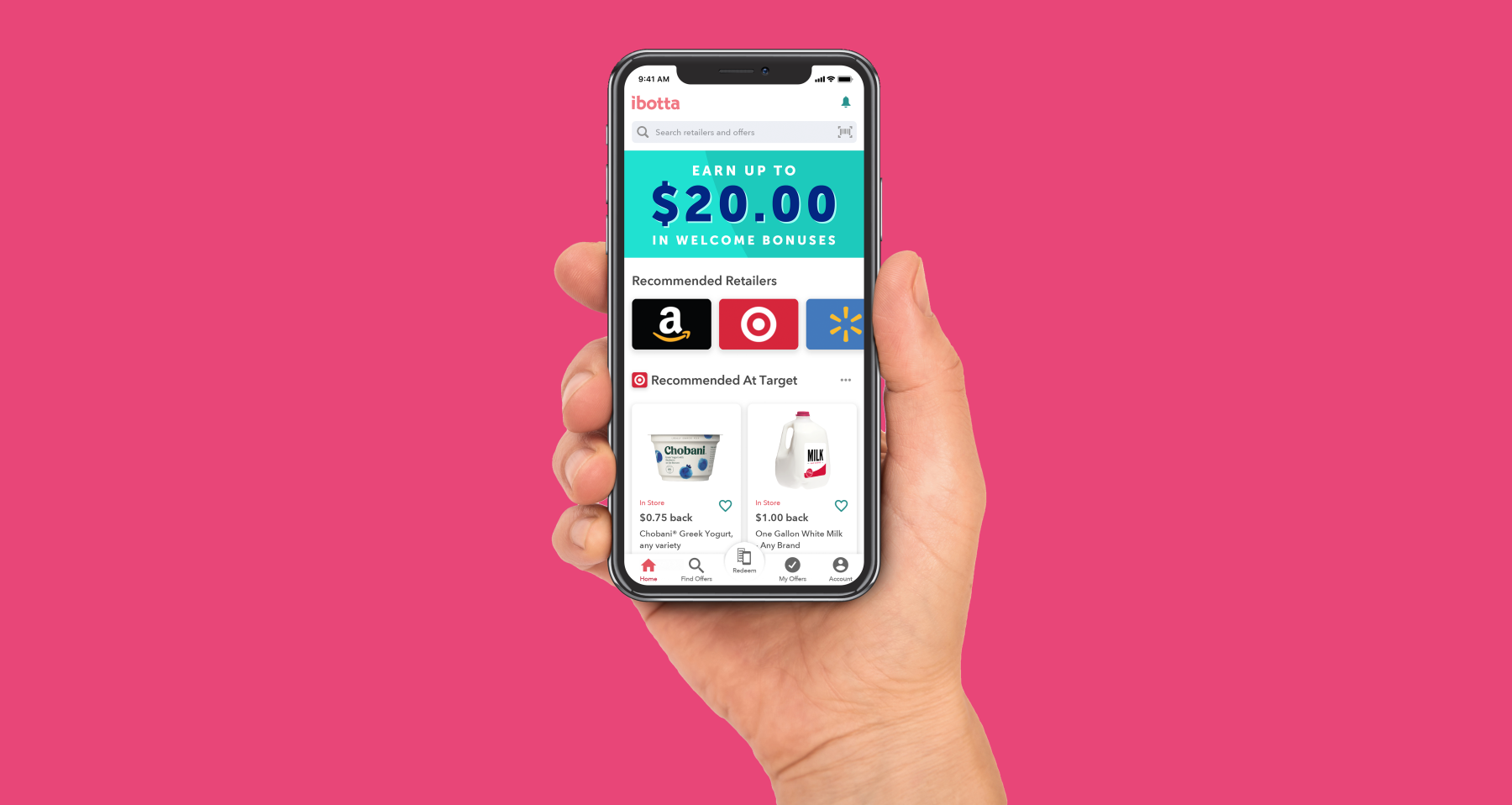
Marketing Minds: Gusto’s David De Rosa Breaks Down Why TV is a Growth Channel
Launched in 2012, Gusto serves over 400,000 businesses nationwide, processing tens of billions of dollars in payroll annually while offering employee benefits such as health insurance and 401(k) accounts to help companies create exceptional workplaces.
TV advertising has played a big role in Gusto’s explosive growth. To learn more about how they did it, Tatari spoke with David De Rosa, Head of Paid Acquisition. As a member of the team for almost 7 years, David explains why TV is more accessible than many assume, the importance of testing, and how they use data to optimize their TV advertising strategy.
“TV advertising has evolved tremendously, and the barriers to entry aren’t as high as they used to be.”
Q: What are the primary goals of your TV ad campaigns, and how do you measure success?
David De Rosa: Well, it shouldn’t come as much of a surprise given my role, but our primary goal for TV advertising is customer acquisition.
We track performance using a tiered system of KPIs, which includes lead stages, marketing-qualified leads (MQLs), and overall site traffic. Tatari’s platform has played a big role in helping us measure TV’s impact and ensuring we’re making data-driven decisions. We also rely on marketing mix modeling (MMM) and causal impact modeling to measure effectiveness. These tools help us understand how TV contributes to our broader marketing efforts and how we can optimize our budget allocation. One key indicator of success is an increase in search visibility—when we see more people searching for Gusto after a TV campaign, we know it’s making an impact. Based on the results of our media mix modeling, we’ve actually increased our investment in TV because we’ve seen such strong returns.
Q: What are some common misconceptions about TV advertising, and how do you address them?
David De Rosa: I think there is a belief that TV is only good for driving awareness, but as I mentioned above, it has a direct impact on driving leads. Another one of the common misconceptions I keep hearing is that TV advertising is too expensive to test. Many marketers assume that getting started with TV requires a massive budget, but that’s simply not true. With advancements in AI, it’s now possible to create scrappy, effective ads at a fraction of the cost, allowing brands to test and learn quickly without making a huge upfront investment. Another misconception is the belief that high-quality, high-production-value commercials are necessary for initial testing. While maintaining brand standards is certainly important, you don’t always need a big-budget production for a test campaign. The goal is to gather insights and iterate on what works. You can start small and refine your creative based on data.
Q: So how do you approach creative development, and what advice would you give to brands new to TV advertising?
David De Rosa: Our creative approach is centered around efficiency and iteration. We start with scrappy video production to test different concepts, then scale the winners across multiple channels. This method allows us to refine our messaging without committing to a large-scale production right away.
For brands that are new to TV advertising, my advice is to plan ahead—TV requires a longer lead time compared to digital. It’s also important to think about your positioning in the market. Are you carving out white space, or are you competing directly with established players? That distinction can inform your creative strategy. Budget-wise, I recommend keeping production costs under 20% of your working media spend to maximize efficiency. Finally, brands need to consider both working and non-working costs when evaluating their return on investment—it’s not just about the ad spend, but also about the resources required to make the campaign successful.
Q: How do you approach the balance between linear and streaming TV in your advertising strategy?
David De Rosa: We prioritize cost-efficiency and optimize for performance. With linear TV, we take advantage of remnant inventory, which allows us to access premium placements at a lower cost. Some marketers shy away from linear due to concerns about “waste,” but we recognize that broad reach—even if it includes some inefficiencies—can still drive meaningful results. When it comes to testing creative, we tend to experiment more frequently on digital platforms first, simply because it’s more cost-effective. Once we identify winning concepts, we deploy them to streaming and other premium video channels where they can have a greater impact.
Q: What would you say to brands that may be hesitant to invest in TV?
David De Rosa: TV advertising has evolved tremendously, and the barriers to entry aren’t as high as they used to be. Whether it’s through linear or streaming, brands have a lot of opportunities to experiment, learn, and drive real results. The key is to approach it strategically, be willing to test, and use data to guide your decisions. If you can do that, TV can be an incredibly effective channel for growth.
Q: What’s your all-time favorite TV commercial?
David De Rosa: My favorite has to be the annual M&M Christmas ad. It’s been running for years, and I love the longevity of it. It’s a great example of how a well-crafted ad can stand the test of time. An honorable mention goes to the "Head On" commercial—it's simple, direct, and incredibly effective at sticking in your memory.
Q: What are some of your favorite TV shows?
David De Rosa: I’m a big fan of Parks and Recreation and Schitt’s Creek. Both shows are incredibly well-written and packed with great character moments. And if we’re talking about finales, Six Feet Under had one of the best series endings I’ve ever seen—such a powerful and emotional conclusion to a fantastic show.
Gusto’s success with TV advertising highlights how brands can drive measurable performance with the right strategy. See how Tatari can help you see similar results.
Check our recent editions of our Marketing Minds series to uncover TV advertising strategies from Readers.com and Veyl.

Michael Goldberg
I lead content at Tatari. When I’m not writing, I’m reading, watching The Office (again), hopelessly rooting for the Mets and Jets, and blasting heavy metal.
Related
Marketing Minds: Branden Windle at Tecovas
Tatari sat down with Branden Windle, Co-Founder and Chief Marketing Officer at Tecovas, to learn more about his journey and experience with TV advertising.
Read more
Marketing Minds: Adam Miller at Turo
Adam has been working with Tatari for almost a year now, from Turo’s initial pilot to today’s scaled-up campaign. Having grown into a TV advertising expert, his perspective is unique and a recommended read for any novice TV advertiser.
Read more
Marketing Minds: Brooke O'Brien at Ibotta
Tatari sat down with Brooke O'Brien, Marketing Manager of User Acquisition at Ibotta, to learn more about her journey and experience with TV advertising.
Read more


